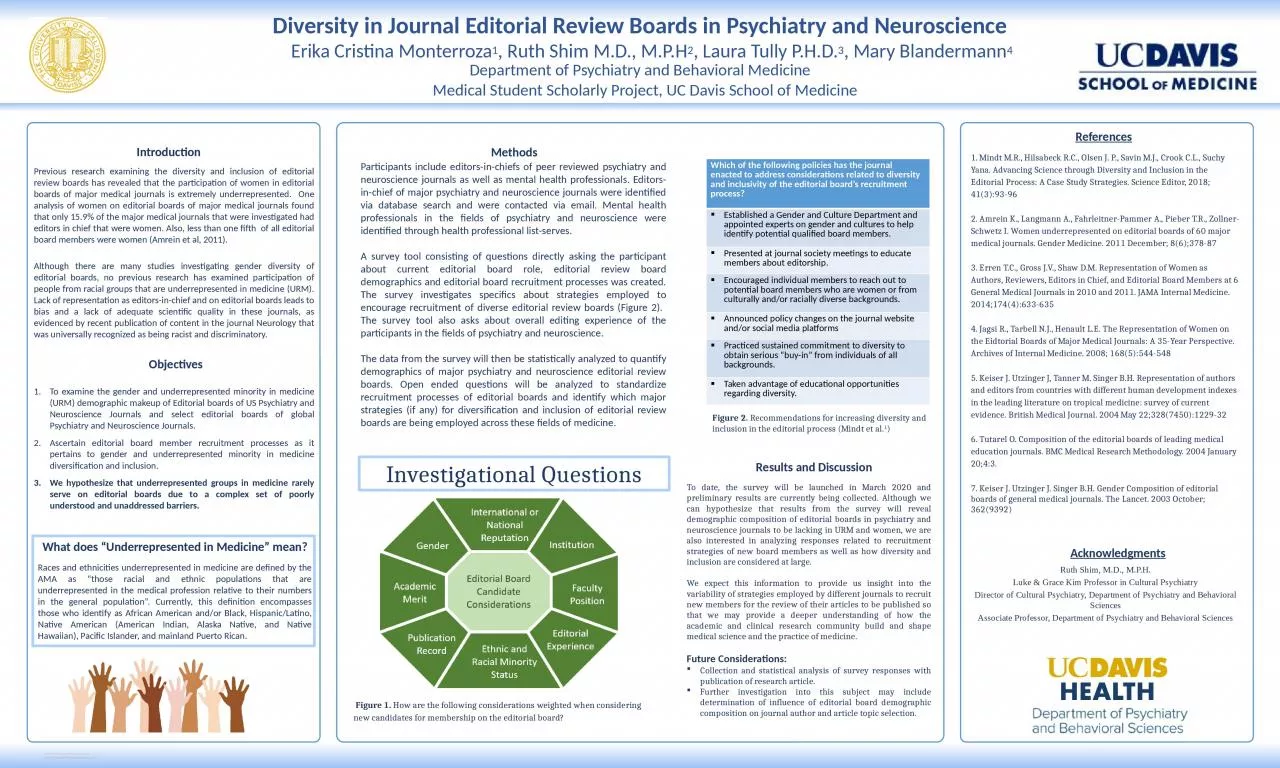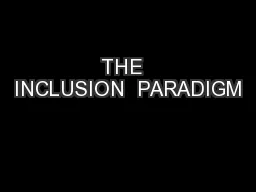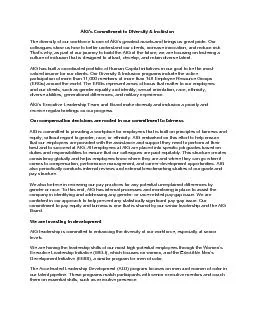PPT-Previous research examining the diversity and inclusion of editorial review boards has
Author : bitsy | Published Date : 2022-06-20
Amrein et al 2011 Although there are many studies investigating gender diversity of editorial boards no previous research has examined participation of people from
Presentation Embed Code
Download Presentation
Download Presentation The PPT/PDF document "Previous research examining the diversit..." is the property of its rightful owner. Permission is granted to download and print the materials on this website for personal, non-commercial use only, and to display it on your personal computer provided you do not modify the materials and that you retain all copyright notices contained in the materials. By downloading content from our website, you accept the terms of this agreement.
Previous research examining the diversity and inclusion of editorial review boards has: Transcript
Download Rules Of Document
"Previous research examining the diversity and inclusion of editorial review boards has"The content belongs to its owner. You may download and print it for personal use, without modification, and keep all copyright notices. By downloading, you agree to these terms.
Related Documents














